Add to Your Dishes by Growing Coriander
Coriander is the same plant as cilantro, but instead of growing it for the leaves, you are growing it for the seeds. For best results, grow coriander in a sunny spot and provide it with consistent moisture levels to get the seedlings established. Planting coriander in warmer weather will encourage it to bolt more quickly and give you the seeds you are after. Neglecting the plant somewhat, by not watering to much once it’s established, will also encourage it to produce seeds more quickly.
Planting Coriander
You can grow coriander from either seeds or transplants. When the plant is grown for its leaves (known as cilantro in the US), it’s often best to start from seed. Transplants usually bolt faster, leading to the production of seeds. If you’re growing the plant for its seeds, starting with a transplant can make more sense.
Wait until after the last frost date in your area to transplant a coriander seedling to your gardener. Although the plant likes cooler weather, it doesn’t do well when the temperatures are too cold.
To plant the seedlings in your garden, dig small holes that are slightly bigger than the root balls of the plants. If you’re going to plant more than one coriander seedling, space the holes at least eight inches apart.
Gently place the roots of the coriander plant into each hole, then fill in with soil. Don’t bury the stem of the plant in the soil. You want to the bottom of the plant to be at the level of the soil. Water well after planting.
Starting from Seed
Growing coriander from seed allows you to get somewhat of a head start on growing the plant, since you can plant the seeds in your garden three weeks before the last frost, according to Harvest to Table.
Plant each seed about 1/4-inch-deep in the soil. You can space your seeds close together, just a few inches apart. Once the seedlings are a few inches high, pull out any extras so that your plants are about eight inches apart. You can eat the seedlings you pulled.
Keep in mind that the seeds will need a sufficient amount of moisture to germinate. Along with watering the soil after you plant the seeds, it can be helpful to soak the seeds in water the night before you plant them.
Since coriander bolts, meaning it produces its flower stalks, in hot weather, one advantage of growing from seed is that you can start a new crop every few weeks. While it’s usually recommended to skip planting coriander in the summer if your goal is to harvest the leaves, if you’re mainly growing it for seeds, you can continue to plant new seeds every few weeks up until the fall.
Choosing Coriander Variety
When you are looking to purchase coriander plants or seeds, you might notice that some are labeled as “slow bolting.” Coriander plants are notorious for going to seed quickly, so slow bolting varieties are preferred by gardeners who want to harvest leaves from the plant for as long as possible.
But you have a different goal when you’re growing the plant for its seeds. You want the plant to bolt, as the sooner it bolts, the sooner you’ll be able to harvest the seeds. For that reason, it’s preferable to plant a variety that isn’t described as slow to bolt.
Coriander Care
Your coriander plants will be happiest in a sunny location that has sufficient moisture. Keep the soil moist as the seedlings are getting established. According to the Old Farmer’s Almanac, the plants grow best when they receive about an inch of water weekly.
Adding a layer of mulch to the soil around the plants will help retain moisture. The mulch will also help keep weeds from crowding out your plants.
If you want your coriander plant to bolt quickly and produce seeds, it helps to neglect it somewhat. After the plants are established, you can ease up on watering, letting the soil dry out somewhat between waterings.
Harvesting Coriander
Once your plants start to bolt, it’s just a matter of time before the seeds will be ready to harvest. You want to get the seeds off of the plants before they fall from their pods naturally and self-seed for the next growing season.
You have two options when it comes to harvesting coriander seeds. One option is to cut the flower stalks from the plant when they are still somewhat green. You can place the stalks in a paper bag and set the bag in a cool, dry area. After a few weeks, the seeds will fully dry out and you’ll be able to harvest them from the pods.
The second option, shown in the video from MIGardener, is to let the stalks dry out and die back while in the garden. Once your coriander plants have turned completely brown and crispy, you can go out in the garden and pull the seeds off of the pods.
Coriander Problems
Some pests enjoy coriander and will eat your plants if you’re not careful. According to the Royal Horticultural Society, slugs can be a problem, especially for younger plants. If you notice slug damage or see the slimy trails the pests can leave behind, there are a few ways to stop them.
One option is to crush up egg shells and scatter them around the soil near the plants. Slugs can’t slide over the crushed shells, as the rough edges cut up their undersides.
Filling a shallow dish with beer can also help deter slugs. The slugs crawl into the dish to drink the beer and don’t crawl out again.
Aphids and whiteflies can also infest your coriander plants. If you see tiny aphids on the leaves, you can spray the plants with a jet of water to push the bugs off. Spraying with an insecticidal soap can also help control an aphid or whitefly infestation.
Photo by micahernandez licensed under CC0

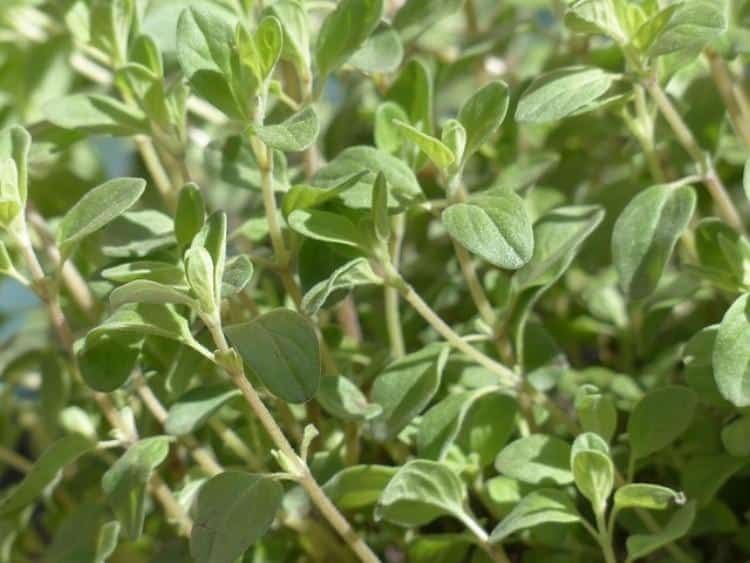
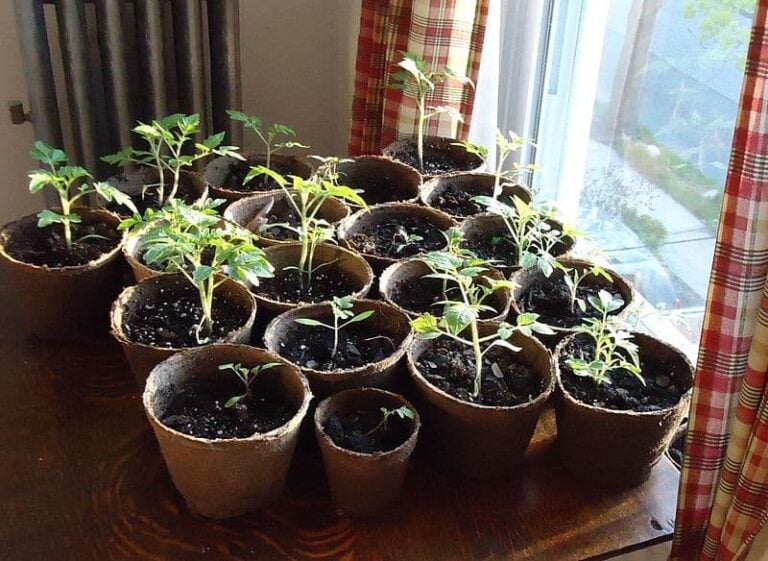
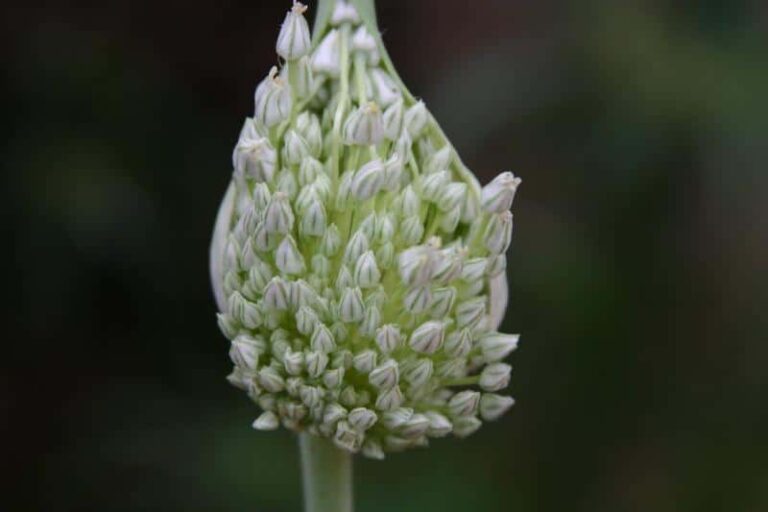

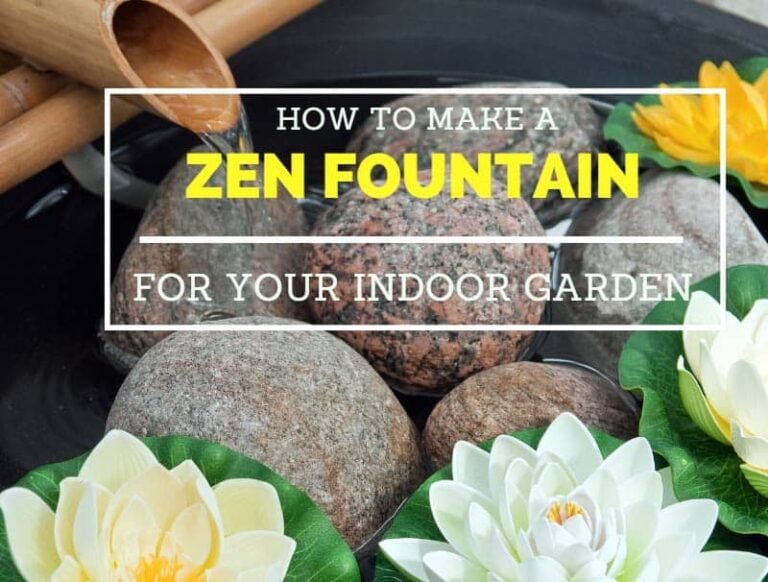
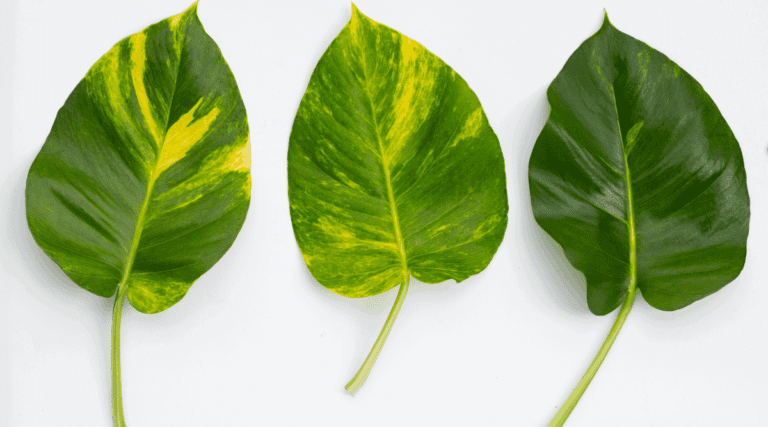
DO YOU SELL THESE PRODUCTS OR JUST BRAG ON THEM